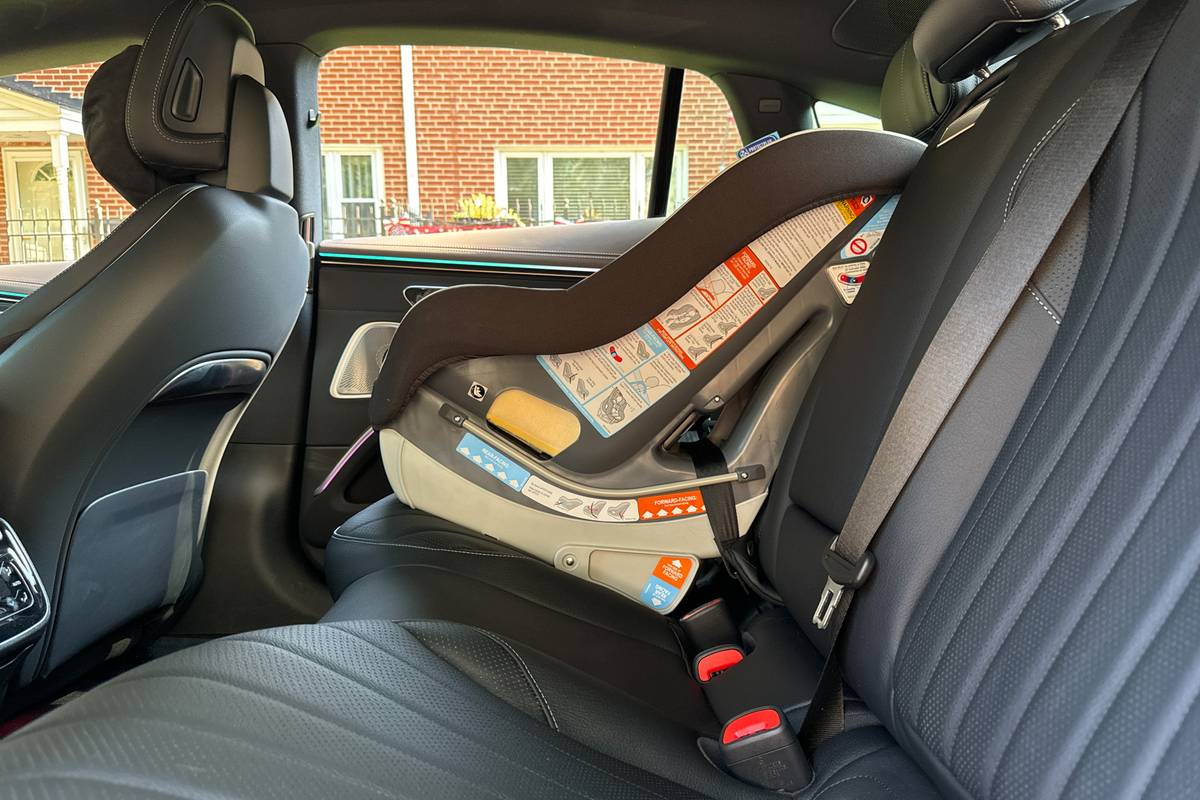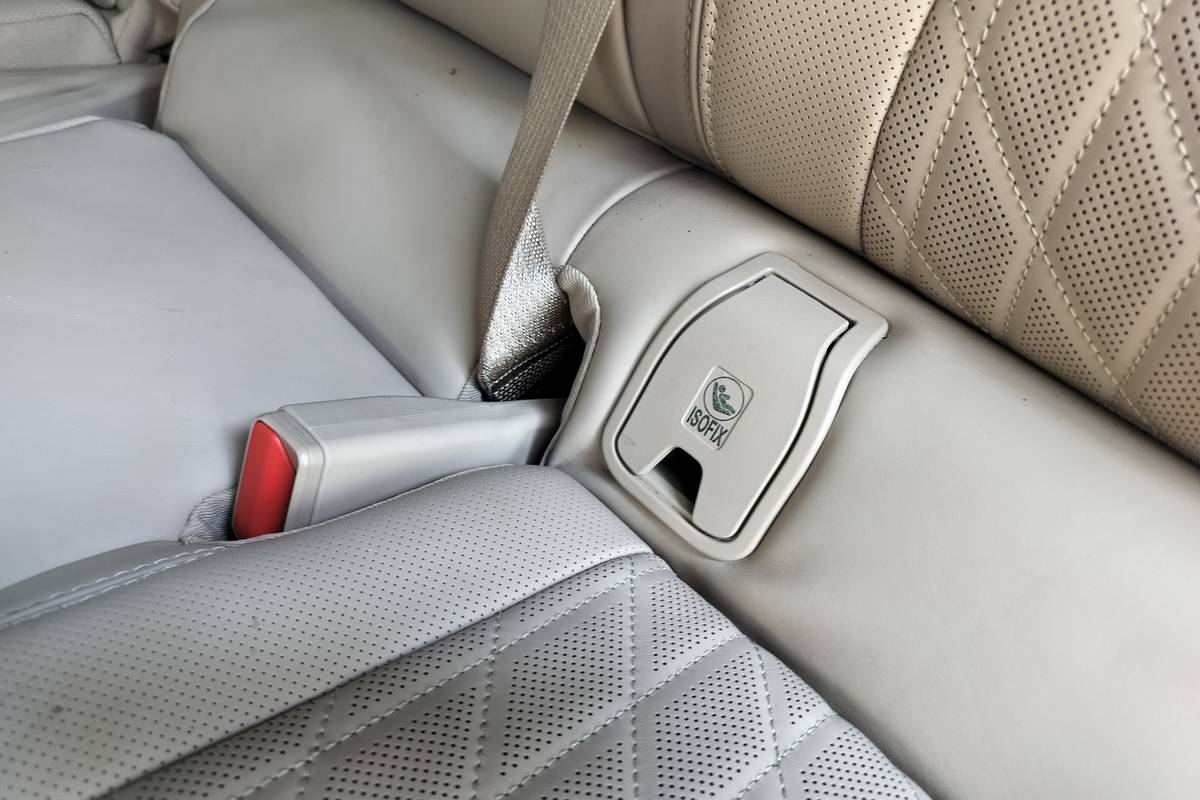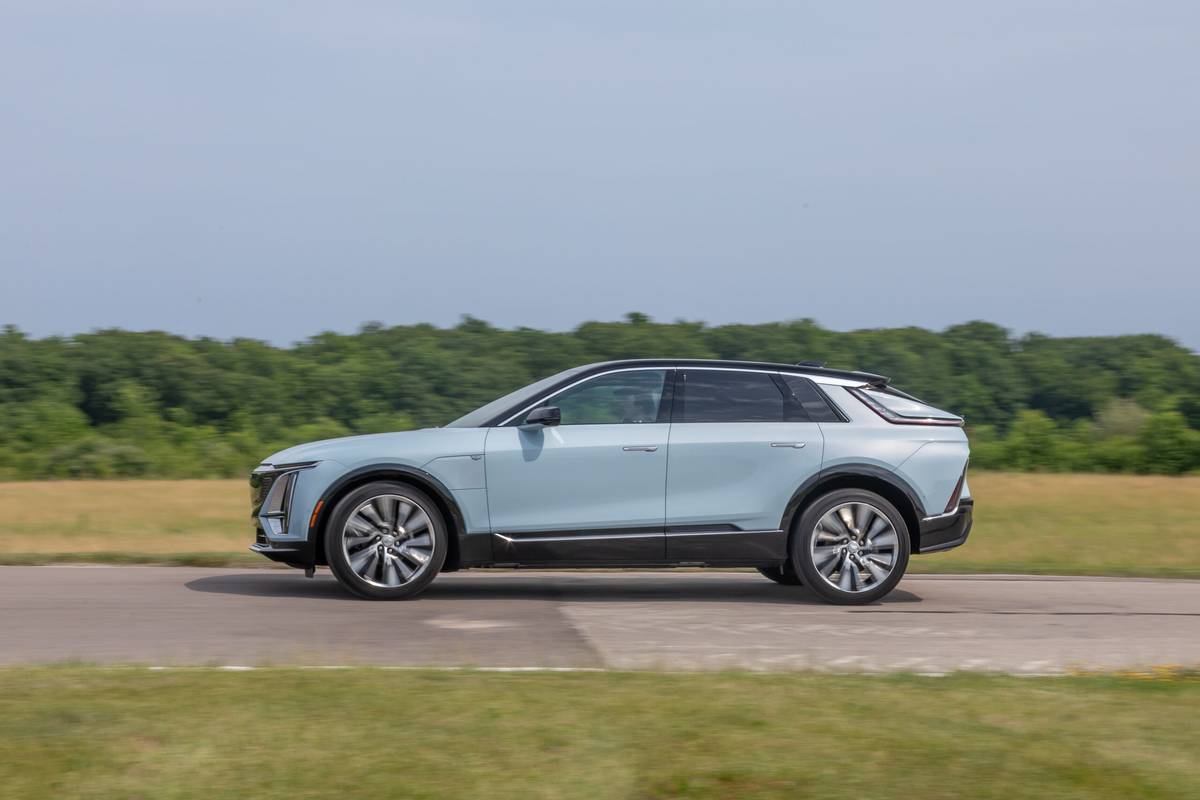Star-Telegram.com's view
PHILADELPHIA — With three rows of seating and styling that reaches way back into Jeep’s rich heritage, the all-new Commander just might be the most-compelling new SUV to reach the market this year.
Or any year, for that matter.
The Commander, the first seven-passenger Jeep vehicle ever, takes the platform of the redesigned Grand Cherokee that debuted last fall and turns it into a family-size wagon strongly reminiscent of the legendary Jeep Wagoneer.
Built from 1963-1991 — beginning way before anyone had heard the term “sport utility vehicle” — the Wagoneer was the forerunner to just about every truck-based SUV that has shown up on the market since.
The “sport utility vehicle” or “SUV” designation didn’t come along until the early ’90s when the current spate of four-door trucklike passenger vehicles was introduced and quickly became the new standard in family haulers.
The most notable of that new crop of family haulers, judging by sales alone, was the Ford Explorer, which many attribute to starting the SUV craze.
But before that, Jeep had not only the Wagoneer, but what may well have been the true first SUV — the Willys station wagon that was built from 1946-1962.
The Chevrolet Suburban came earlier, of course, but the size and shape of the Willys wagon were more like those of today’s popular midsize SUVs, as was the Wagoneer that replaced it.
And nearly a decade before Ford rolled out the Explorer, and other manufacturers joined the fray with their own four-door trucklike wagons, Jeep introduced the Cherokee, a smaller version of its Wagoneer.
It can be argued that it was the success of the four-door Cherokee that spurred development of the Explorer and other similar models that made “SUV” a household term.
But some credit also has to go to the Wagoneer and the Willys wagon.
With the Commander, we can see some of the design cues of all three of those pioneering Jeep sport utilities, even though this newest sport utility fully encompasses the essence of the modern SUV. It’s built on a unibody format, which means that chassis and body are combined. That’s more in keeping with today’s so-called crossover SUVs, whose unibody designs were adapted from chassis-less cars. The Explorer and most other trucklike SUVs, including the Chevrolet TrailBlazer, Toyota 4Runner and current Nissan Pathfinder, have a body attached to a separate truck-style frame.
The Commander, as well as the Grand Cherokee upon which it is based, therefore can be considered more carlike than most of its truck-based competitors.
But it doesn’t give up any of the traditional Jeep ruggedness and off-road capability that won’t be found in such crossover sport utilities as the Toyota Highlander and Honda Pilot.
The Commander was engineered from the ground up as trail-capable sport utility vehicles that could be as much at home with suburban soccer-mom duties as on the most rugged trails.
When Jeep introduced the third-generation Grand Cherokee last year, notably missing was a third row of seating. Instead of trying to jam a third seat into the Grand Cherokee, Jeep decided to create the Commander.
“We didn’t want to do just a stretch version of the Grand Cherokee,” Don Renkert, Jeep’s design manager, said during the recent national media introduction of the Commander in Philadephia.
Although the vehicle uses the Grand Cherokee’s underpinnings and drivetrains, the body and interior are completely different, he said. The key to making the Commander was to “create a better box,” Renkert said.
The Commander is two inches longer than the Grand Cherokee, but has the same wheelbase — 109.5 inches.
The third-row seat takes up most of the cargo space that would be found in the Grand Cherokee with its two seats. With the third seat in place, the Commander has just six cubic feet of cargo space. With the seat folded, the luggage space expands to 34 square feet.
Rather than using the raked windshield and rear end of the Grand, the Commander was given a boxy shape more like the Cherokee and Wagoneer, with a steeper windshield and rear glass.
This square-off design gives the Commander its distinctive appearance — not at all like the Grand Cherokee — as well as giving it more interior space, including room to tuck in a third seat. A higher roofline also helped, giving the vehicle enough height to create theater-style seating.
Latest news



